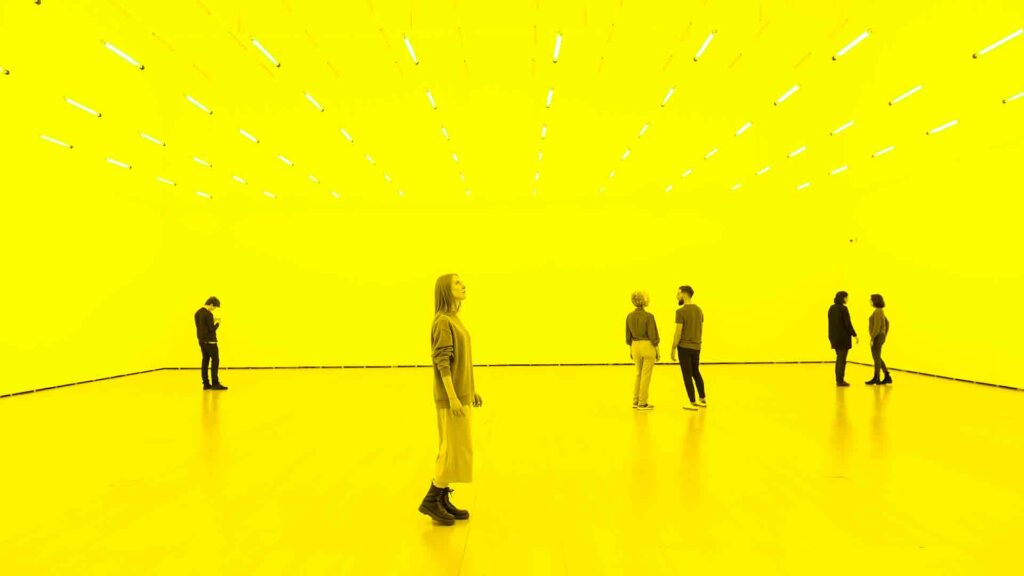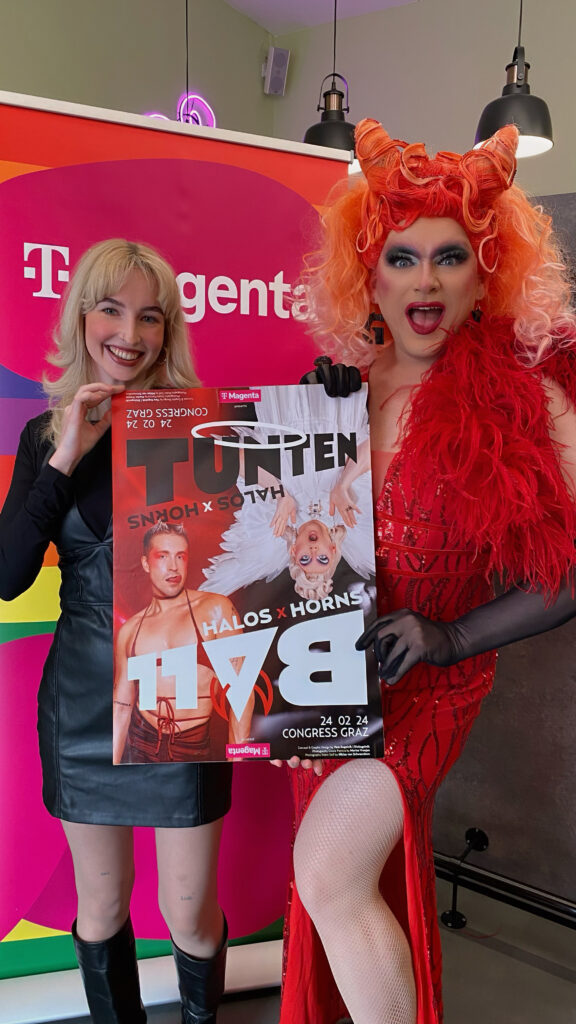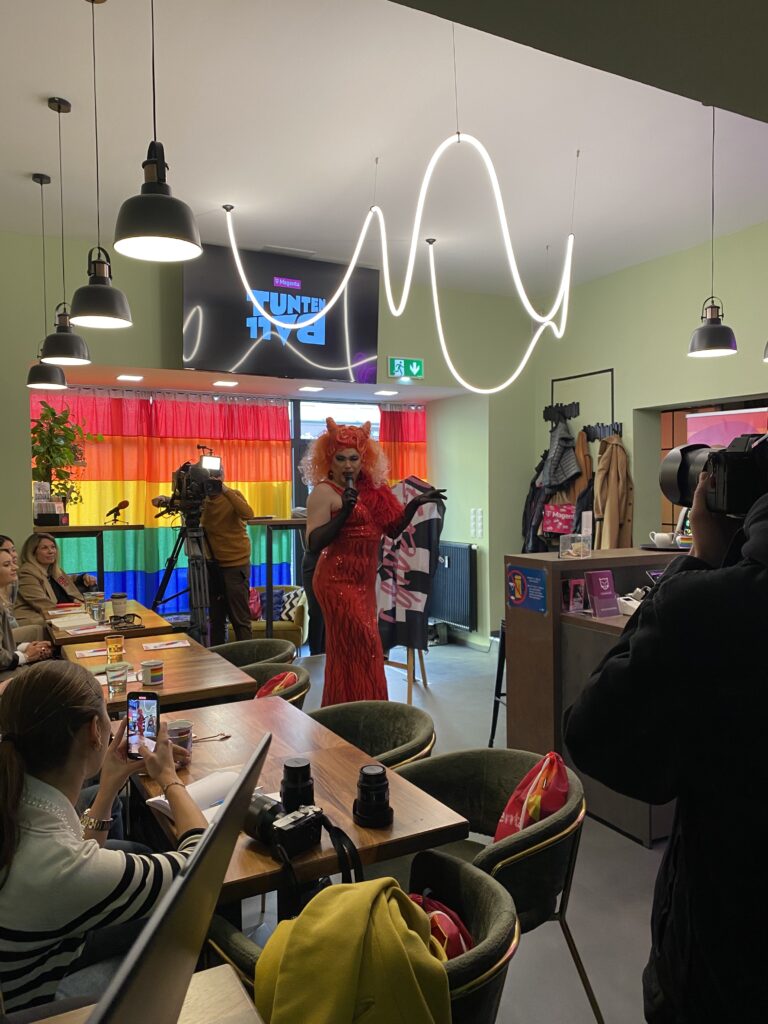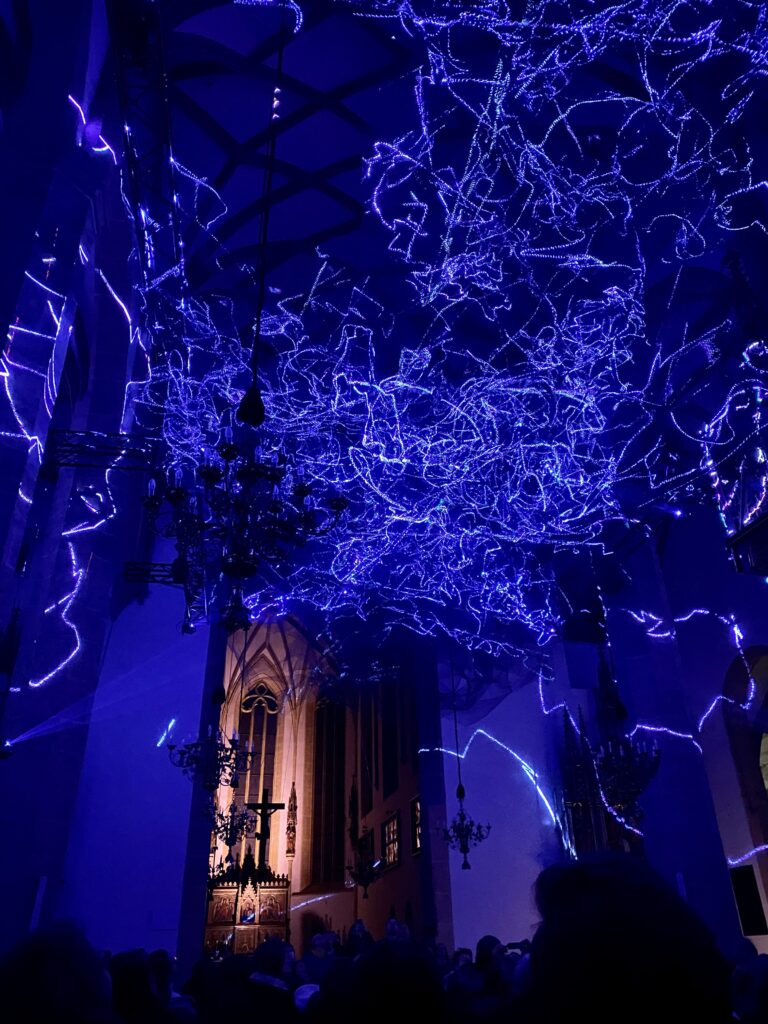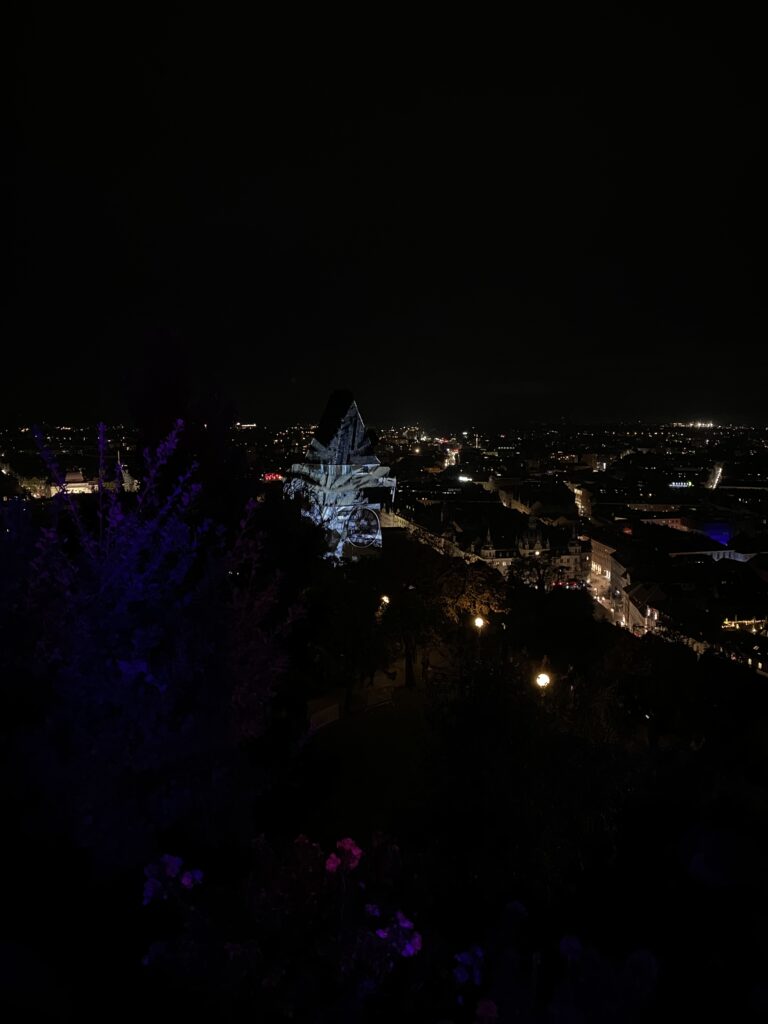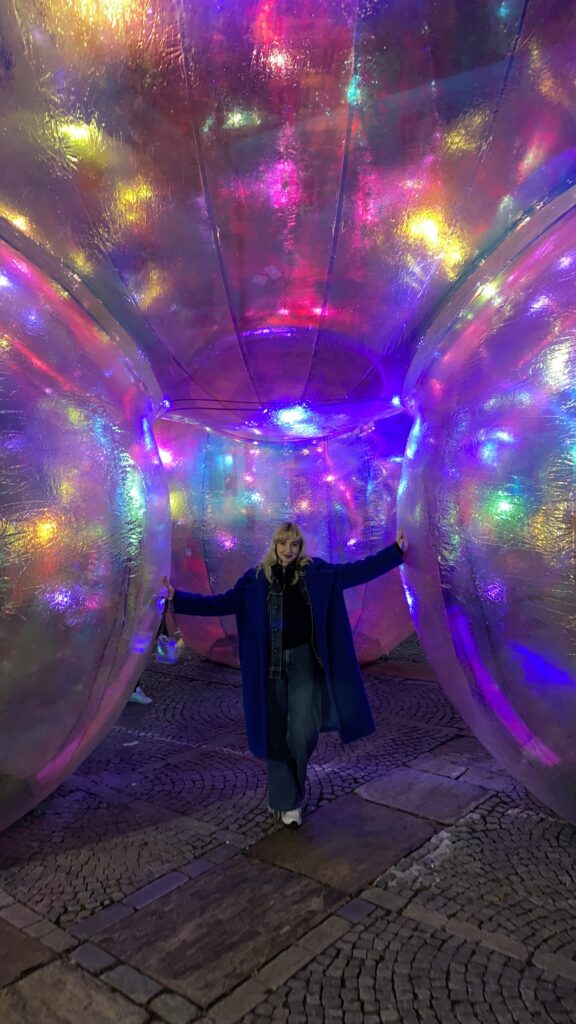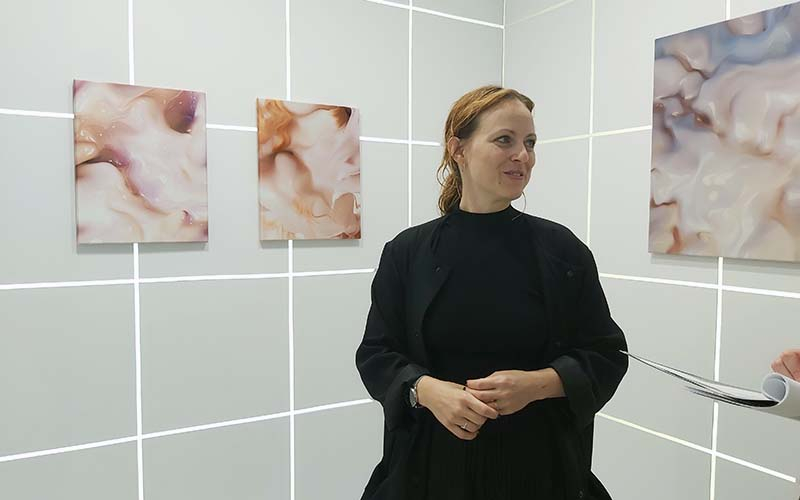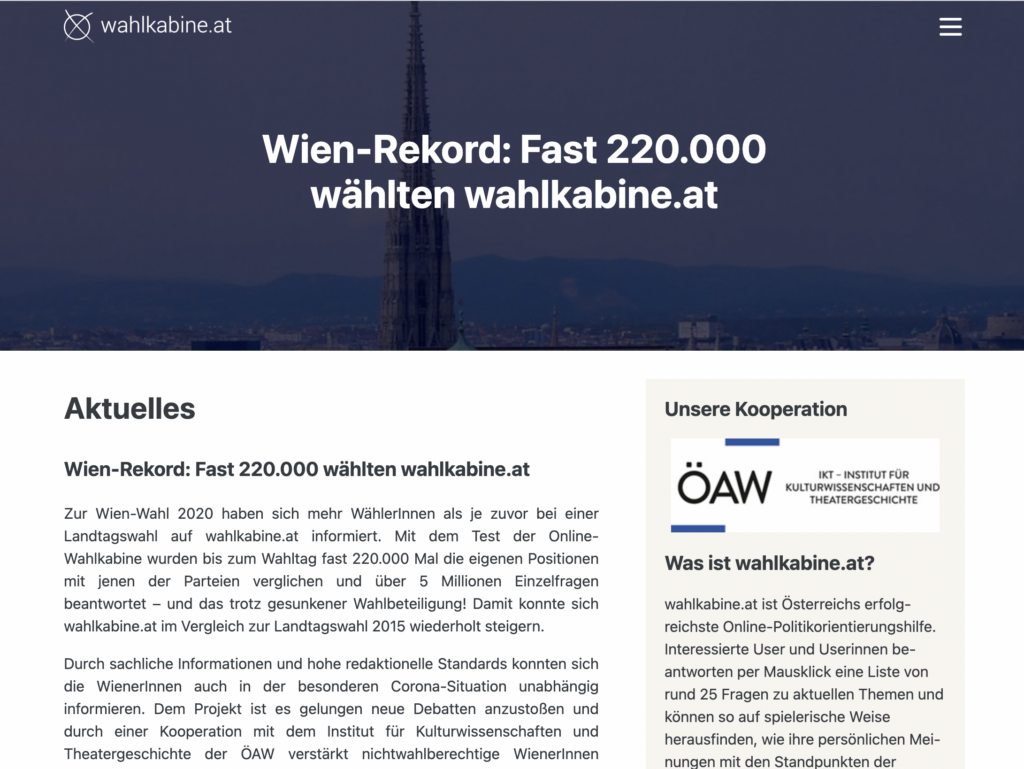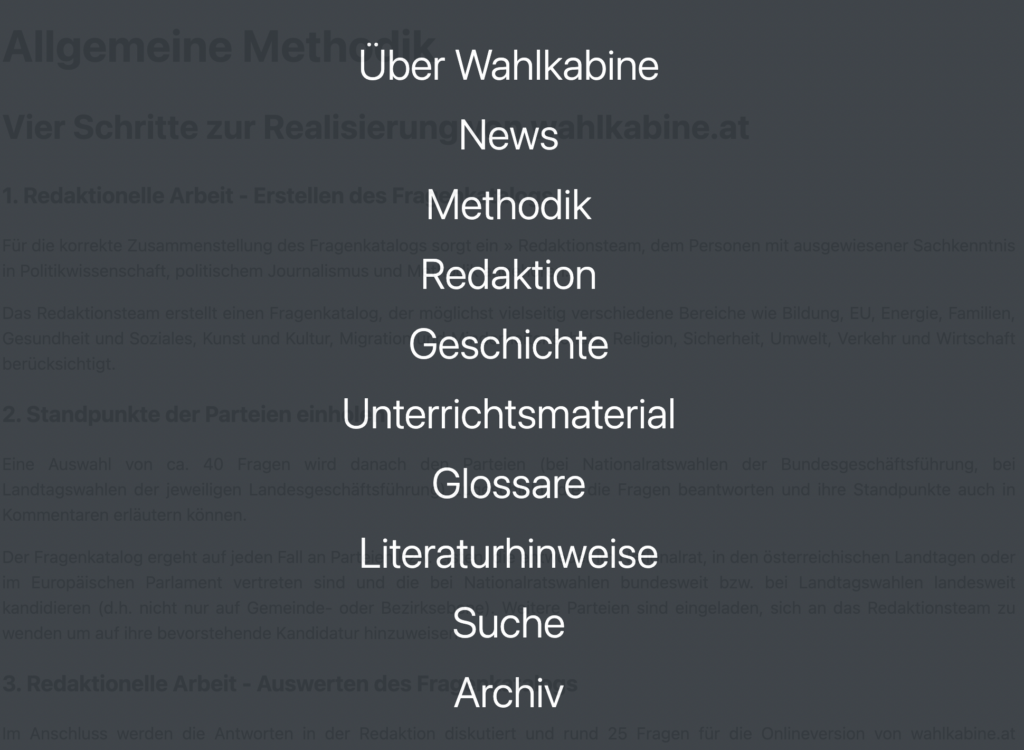An Environmental Toolkit for the New Zealand Screen Production Industry:
Given that my thesis will address Sustainable Production Workflows in Independent Nature Conservation Films, I aim to explore established guidelines designed to ensure eco-friendly production practices. It’s worth noting that many existing guides primarily focus on feature films with various involved parties, such as makeup departments and lighting crews. In this blog entry, I intend to assess the feasibility of applying some of these concepts to independent conservation film productions. Additionally, I’ll examine if there are any pertinent aspects missing in this guide or others that could be relevant to such productions.
This specific toolkit was developed by South Pacific Films in collaboration with the Ministry for the Environment, Landcare Research, and Waitakere City Council. I chose this particular guide because it offers more comprehensive information compared to others like the Green Toolkit Film & TV.
Since environmental films are typically shot in natural settings rather than studios, I will primarily focus on the environmental impacts at the filming location. Here, the guide outlines the following impacts:
- Vehicle use
- Damage to natural landscapes
- Damage to wildlife habitats
- Overexposure of sensitive and protected environments
- Modifications to natural landscapes
- Noise and artificial light pollution
- Damage to infrastructure, such as historic buildings and monuments
All of these factors are indeed applicable to independent conservation film production.
Werner Heisenberg once said that it’s impossible to observe something without altering it. For most of the last 300 years, scientists believed they could objectively observe the natural world without influencing what they were studying. They presented their scientific findings as if no specific person had made the observations. This approach differed from fields like the humanities and theology, where the observer’s perspective was an integral part of the subject. In the scientific realm, the observer seemed detached, with no apparent influence on the results.
However, in the 20th century, this perception changed. Scientists realized that when they attempted to observe very small particles, such as atoms, their observations unavoidably altered the particles’ behavior. For example, trying to measure the position of an atom would change its speed. This concept became known as the Heisenberg Uncertainty Principle: When you closely monitor something, you unavoidably affect it. Ultimately, it became evident that all scientists were active participants in the universe they were studying, and they couldn’t remain purely detached observers.
With this in mind, it’s essential to understand the impact that filming, essentially glorified observation, can have on an environment. The guide refrains from providing specific examples, but based on personal experience, I’ll offer an example. When you observe nature using a drone, it becomes evident how your observation alters the subject’s behavior. Drones are unnatural objects that most animals fear. Birds flee from them, and they can startle horses. This is one of the reasons why flying drones in Protected Areas is prohibited.
Returning to the guide, it lists several reasons for complying with its recommendations, such as the necessity of protecting nature to maintain picturesque backdrops for stunning productions.
In the “Office” section of the guide, you’ll find additional guidelines that are applicable to independent conservation films, including:
- Working digitally
- Minimizing printing
Many of the office guidelines are tailored to companies with multiple employees. I’ll skip over makeup and lighting since they are not relevant to my research.
The most significant aspect for my thesis is production and post-production, so let’s continue with that:
- Unplug video players, television monitors, and other equipment with stand-by mode when not in use.
- When purchasing or renting technical equipment, inquire about energy-efficient alternatives or more efficient ways to use the equipment.
- Use digital processes for filming and sound recording where quality allows.
- When using film, ensure that your suppliers have end-of-life management programs compliant with local regulations for disposing of photographic processing chemicals.
- Explore recycling options with your film supplier to avoid sending waste film to landfills.
In general, these recommendations are all applicable to conservation films. However, this section of the guide seems relatively brief. Considering that this is the most relevant part of my project, it will be intriguing to delve into how specific equipment choices can make a more significant impact.
Now, let’s proceed to post-production:
- If available and suitable, use tapeless post-production workflow systems.
- Utilize the energy-saving features of technical equipment and computers.
- If compatible with your customers, distribute projects and demonstration reels on DVD.
- Apply the purchasing, energy efficiency, water conservation, and waste reduction tips provided for the office.
These post-production guidelines are also applicable, but, as before, it seems that there is potential for further expansion in this section.
In conclusion, it’s worth noting that these guides tend to skim over production and post-production aspects, which is unfortunate because there is much to discuss in these areas. For instance, it’s essential to explore which camera companies align with eco-friendly practices and carbon emissions reduction in filmmaking.
